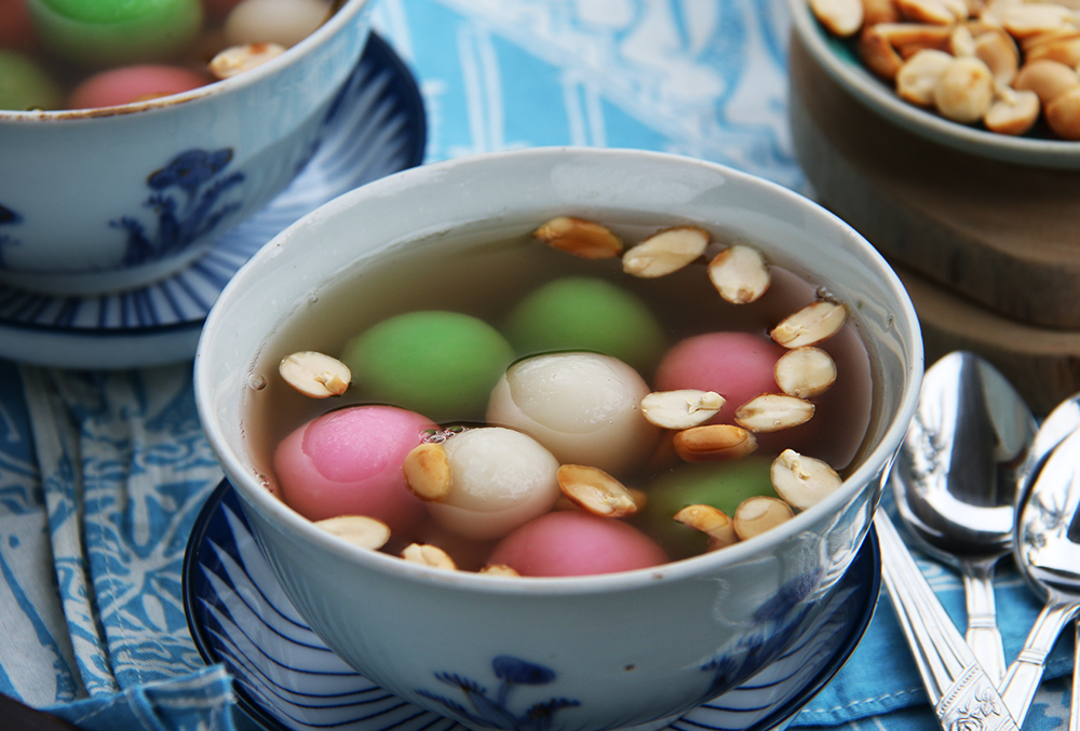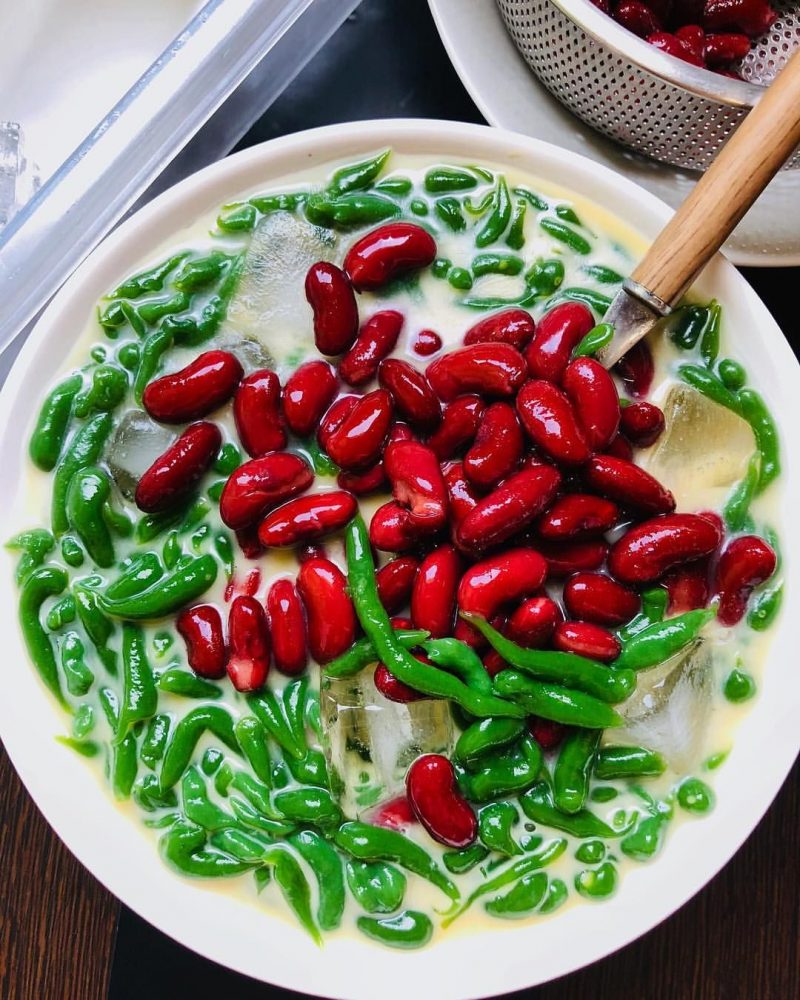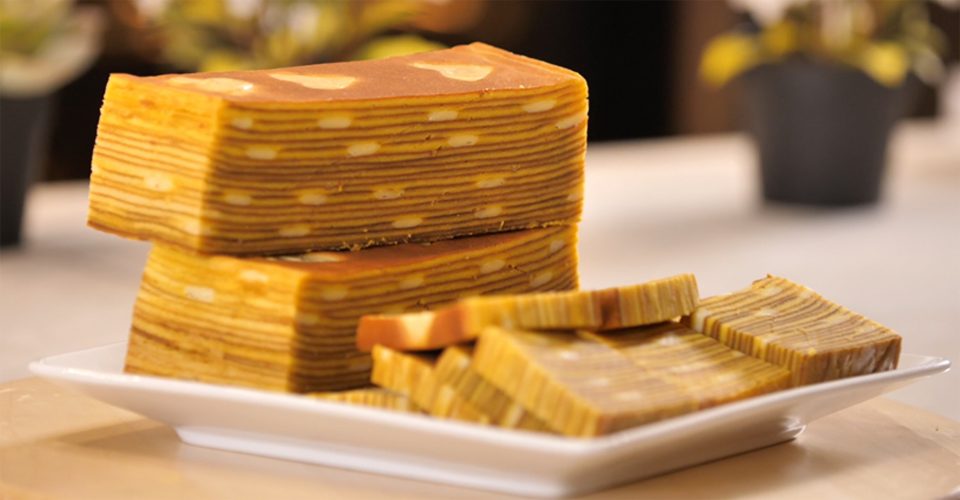Indonesian Traditional Desserts
“There’s always room for dessert!” This is probably what we all say after a full meal, waiting for some sweet treats to arrive at the table. Even though dessert contains high levels of sugar that are supposed to make us feel full, we still crave it.
According to the Journal of the Norwegian Medical Association, sugary foods may stimulate the reflex of the stomach to expand, which tricks the normal sensation of being full. In addition, there is a phenomenon called sensory-specific satiety, where the quick feeling of being full after eating a certain type of food and the quick return of our appetite, demands the stomach be exposed to new flavours. It is worth noting that sensory-specific satiety could lead to overeating, which accounts for the lack of will to refuse an array of food options.
Jajanan Pasar: Indonesia’s Delightful Desserts
The word “dessert” originally came from the French word “desservir”, which means “to clear the table”. As the name suggests, dessert was served after the table has been cleared to satisfy the guests who still wanted to snack before finishing the meal.
In the 15th century, sugar was very expensive; it was also prized as a symbol of status among the rich Europeans. In the 17th century, sugar prices dropped as vast sugar plantations spread across the world, making it less valuable in Europe. However, the development of dessert increased rapidly as dessert cookbooks emerged.
Today, everyone in the world enjoys this scrumptious delight in different forms and sizes, from soft doughnuts to crunchy pastries, bite-sized macaroons to a whole cake. Dessert is no longer enjoyed at the end of a grand meal; it is for whenever a sugar craving kicks in.
In Indonesia, dessert is translated to jajanan pasar. It is one of the oldest traditional cuisines in Indonesian history, dating back to the 18th century. In the past, jajanan pasar could only be found at traditional markets – hence the name “pasar”.
Some are also unique because their name may vary in different regions while they are actually the same thing. For example, klepon, or Indonesian sweet rice cake balls filled with molten palm sugar and coated in grated coconut, is called onde-onde in West Sumatra, kelelepon in Madura, and kelepon in Banjarmasin.
Some jajanan pasar are actually the product of cultural assimilation from various cultures, such as Chinese, Arabic, Indian, and European, due to Indonesia’s strategic position; close to the important maritime trade route, the Strait of Malacca. Kue ku has a Chinese influence, kue ka’ak is influenced by Arabic culture, kue putu is originally from India, and spiku is similar to Dutch’s spekkoek and Germany’s baumkuchen.
Jajanan Pasar Is an All-Time Favourite!
We spoke to Aprendi, a Pastry Sous Chef at Bandara International Hotel in Soekarno-Hatta Airport, Tangerang, Banten to learn more information about these Indonesian sweet delights. He explained that, although fusion and modern dessert trends are booming, jajanan pasar will always have a special place in its connoisseurs’ hearts.
“Food is like fashion; it evolves over time that it might generate the latest trend. Yet, no matter how popular a new dessert trend is, people will always go back to basics; and in Indonesia, it’s always been jajanan pasar that people go looking for,” Aprendi said.
Aprendi emphasised that people cannot resist the vibrant colours and distinctive shapes of jajanan pasar that might not be found elsewhere. “Each jajanan pasar has its own characteristics. Apart from its beautiful appearance, jajanan pasar has a rich flavour as we use quite a lot of herbs and spices, such as pandan leaves, ginger, and clove, as well as other typical ingredients like cassava, tapioca flour, palm sugar, and coconut milk,” he added.
Not only delicious, jajanan pasar is also healthy and fresh. Aprendi asserted that some jajanan pasar can be gluten-free when they use tapioca flour as the main ingredient. Moreover, jajanan pasar cannot be stored at room temperature for too long – some are coconut milk-based dishes. “Therefore, we always serve the freshest jajanan pasar every day!” Aprendi exclaimed.
Making jajanan pasar can be very challenging; it requires skill and patience. Aprendi revealed that, to master it, we must use good ingredients, follow directions, and practice techniques. “Not all jajanan pasar are baked. Some are steamed, fried, and even boiled – each type has its own difficulties,” he noted. For starters, Aprendi suggested starting with the simplest ones like klepon and nagasari.
Three Most Mouthwatering Jajanan Pasar
Thinking about trying some authentic jajanan pasar? Here are some of Aprendi’s heavenly recommendations:
Lapis Legit
Lapis legit is a multi-layered cake known as spiku or spekkoek, which literally means bacon cake in Dutch because it is layered like strips of bacon. Although it is named after bacon cake, this cake does not use pork as an ingredient. Lapis legit is has a firm texture and it tastes delightful with a slight sensation of bitterness from the cinnamon. Usually, it is filled with prunes or raisins, but nowadays, modern lapis legit can also have cheese or chocolate as a topping.
Wedang Ronde
Wedang ronde is a traditional warm beverage that is popular in Java. “Wedang” in the Javanese language means drink, while “ronde” is the colourful glutinous rice balls stuffed with crushed peanuts. The balls are dipped in sweet and warm ginger water and topped with sago pearls, sliced coconut meat, and peanuts. It is a perfect refreshment for the cold weather.
Es Cendol
Es cendol is a cold dessert that consists of “cendol”, the green worm-shaped jelly made from rice flour and pandan leaves to add colour. It is served with shaved ice, coconut milk, palm sugar, and some would also add jackfruit or tapai singkong, or fermented cassava, to give out an exotic flavour.
As a multicultural country, Indonesian dessert is rich in variety and taste. The diversity of Indonesian dessert is not only a means for boosting the tourism industry but also promoting tolerance and unity by sharing the sweetness with our loved ones as jajanan pasar offers the warmth and passion of each culture.




